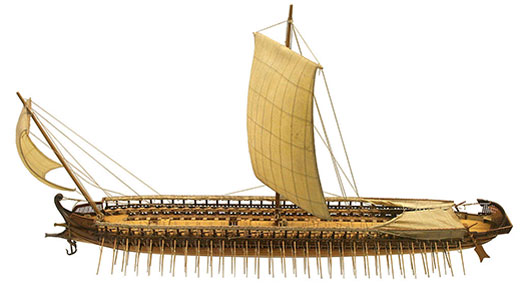There is a great Greek paradox/puzzle called the Ship of Theseus. There are multiple versions and derivations to it. My favorite version is as follows (highly watered down).
|
ADVERTISEMENT |
Theseus bought a new ship. Each day he replaced one part of the ship. Plank by plank, sail by sail, and oar by oar. Finally, no part of the original ship remained. Now the paradox is this: Is the ship the same as the original ship now that every part has been replaced? This is a great thought experiment about identity and understanding of self. If we go one step further and build a new ship with all the parts that were replaced from the original ship, is the new ship the same as the original ship?

When I read about this great paradox, my mind started thinking about process validation. We get a new piece of equipment, say a pouch sealer, and during the course of multiple years, many of the parts get worn down and replaced. Is the sealer the same as the original sealer? Is the original validation still valid?
…

Comments
Validated State Important Concept
The concept of a validated state is not only important for validation, but it also helps one understand the difference between corrective action and improvement. A corrective action brings the process back to the valdiated state. An improvement moves the process beyond the valdiated state.
Add new comment